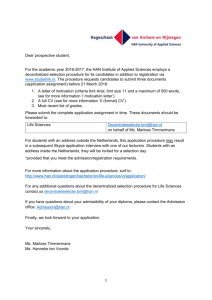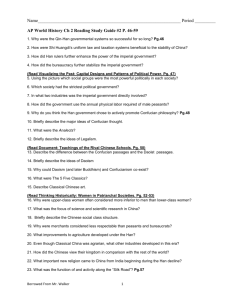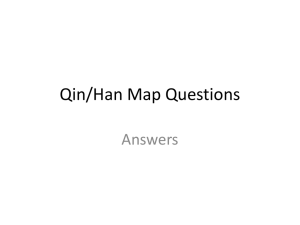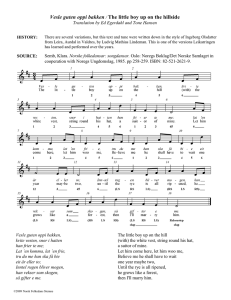Dealing with Documents on the AP World DBQ
advertisement
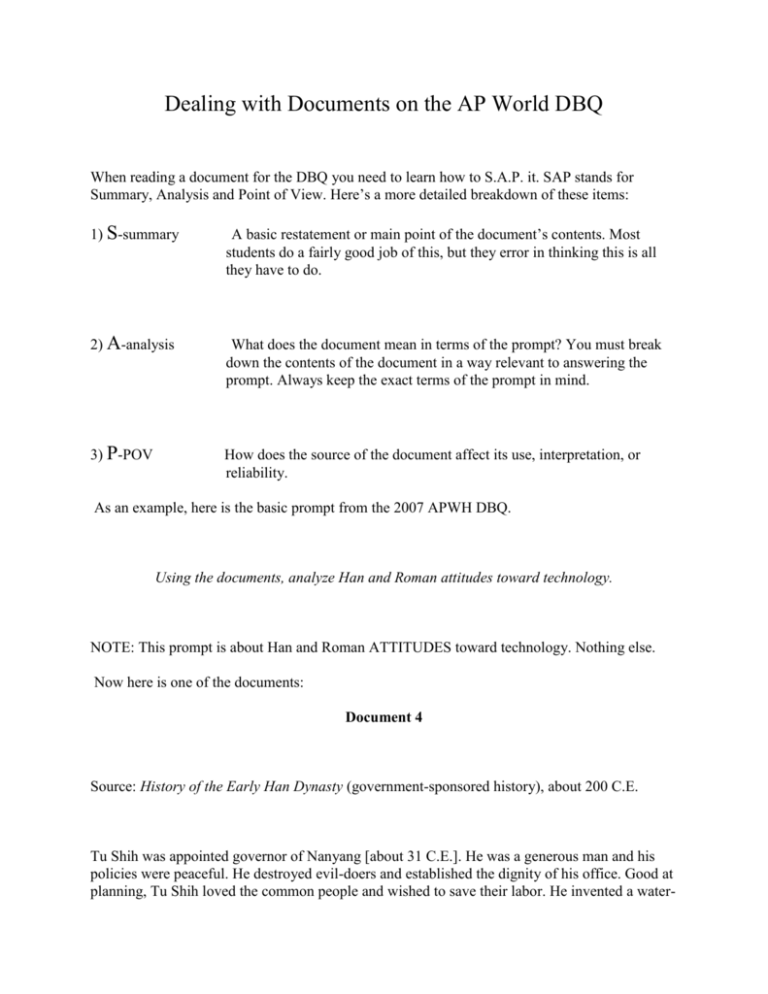
Dealing with Documents on the AP World DBQ When reading a document for the DBQ you need to learn how to S.A.P. it. SAP stands for Summary, Analysis and Point of View. Here’s a more detailed breakdown of these items: 1) S-summary A basic restatement or main point of the document’s contents. Most students do a fairly good job of this, but they error in thinking this is all they have to do. 2) A-analysis What does the document mean in terms of the prompt? You must break down the contents of the document in a way relevant to answering the prompt. Always keep the exact terms of the prompt in mind. 3) P-POV How does the source of the document affect its use, interpretation, or reliability. As an example, here is the basic prompt from the 2007 APWH DBQ. Using the documents, analyze Han and Roman attitudes toward technology. NOTE: This prompt is about Han and Roman ATTITUDES toward technology. Nothing else. Now here is one of the documents: Document 4 Source: History of the Early Han Dynasty (government-sponsored history), about 200 C.E. Tu Shih was appointed governor of Nanyang [about 31 C.E.]. He was a generous man and his policies were peaceful. He destroyed evil-doers and established the dignity of his office. Good at planning, Tu Shih loved the common people and wished to save their labor. He invented a water- powered blowing-engine for the casting of iron agricultural implements that allowed people to enjoy great benefit for little labor. His invention has been widely adopted and used. IMPORTANT!! Here are the most common mistakes you should avoid. 1. restating the content of the document is NOT the same as analysis. 2. identifying the source of the document in the essay does NOT constitute POV. Here’s how SAPing this document might look in an essay: . . . In document 4 we see governor Tu Shih inventing machines to save work for the common people and make their lives more enjoyable. But this information comes from a history sponsored by the government. The official ideology of the Han government was Confucianism, so it’s not surprising that the governor is described as a good Confucian who cares for those under his authority. This means there is reason to be suspicious about the governor’s generosity here. However, we do see technology described as something to aid the work of common people. The Han thought technology had a practical purpose and should be used to make common labor more efficient. Now let’s break it down and look at the SAP in this use of document 4: . . . In document 4 we see governor Tu Shih inventing technology to save work for the common people and make their lives more enjoyable. But this information comes from a history sponsored by the government. The official ideology of the Han government was Confucianism, so it’s not surprising that the governor is described as a good Confucian who cares for those under his authority. This means there is reason to be suspicious about the governor’s generosity here. However, we do see technology described as something to aid the work of common people. The Han thought technology had a practical purpose and should be used to make common labor more efficient. In thinking about this above example bear the following in mind: 1) Your SAPing of this document might be very different from this one. For example, you may do a fine job of POV on this without ever mentioning Confucianism. Don’t think there is one secret POV or analysis encoded in each document for you to decrypt. There are several ways to SAP a document. Each just has to be historically accurate and relevant. 2) You do not have to perform a complete SAP on every document in the DBQ. For example, three solid POVs is sufficient.


